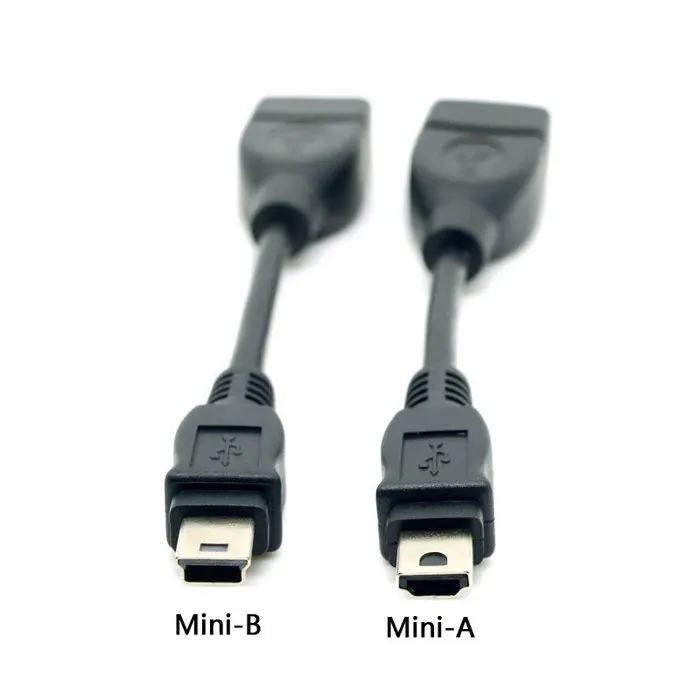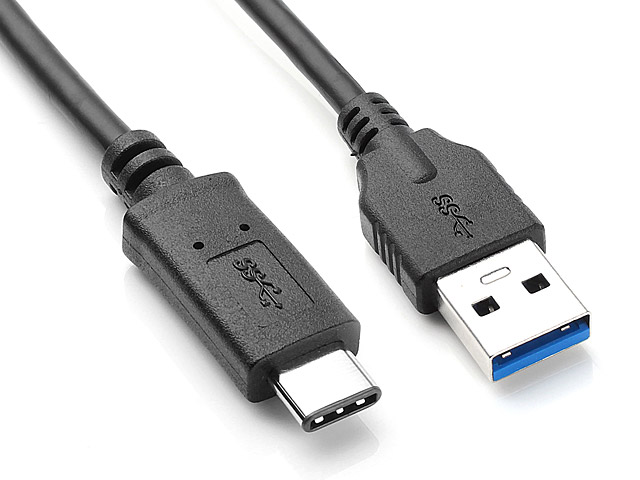USB Connectors : Type A vs Type B vs Type C
Most computer users are familiar with Universal Serial Bus (USB), which has become the most commonly used way to connect peripheral devices to a computer. Your mouse, printer, digital camera, scanner, and other devices probably all connect to your computer via a USB port. Many memory storage devices, such as portable hard drives, flash drives, and memory card readers, also connect to a computer via USB.
USB connectors make it possible to connect a device to your computer using USB. A long cable is used to connect the device to your computer. Usually, the connectors on each end of the cable are quite different, making it necessary to know which of them goes to your computer and which gets plugged into the device.
The standard USB connector you’re most familiar with is USB Type-A. Even as we’ve moved from USB 1 to USB 2 and on to modern USB 3 devices, that connector has stayed the same. It’s as massive as ever, and it only plugs in one way (which is obviously never the way you try to plug it in the first time). But as devices became smaller and thinner, those massive USB ports just didn’t fit. This gave rise to lots of other USB connector shapes like the “micro” and “mini” connectors.
Most USB cables have two types of connectors, one on each end. A type A connector is on the end that plugs into your computer. These are wide and flat, with a plastic piece inside that prevents the user from plugging them in upside down. Most users are familiar with the type A USB ports on their computers, as virtually every peripheral device on the market these days uses them. For instance, printers, scanners, and digital cameras all connect to computers via a USB cable. USB drives, which are small, mobile data storage devices, usually have type A connectors on one end, which plug directly into the USB ports on a computer.
The other of the most common types of these connectors is a
little more square in shape, although there is a notch taken out of two
of the corners to make sure that the user inserts it correctly. This
is known as a type B USB connector, and usually plugs into the
peripheral device. For instance, most printers and scanners have ports
for type B connectors.
Micro USB is a miniaturized(small) version of the Universal Serial Bus (USB) interface developed for connecting compact and mobile devices such as smartphones, MP3 players, GPS devices, photo printers and digital cameras. They are of three types namely Type A, Type B, micro USB 3.0 (for more speed).
This awkward collection of differently-shaped connectors for different-size devices is finally coming to a close. USB Type-C offers a new connector standard that’s very small. It’s about a third the size of an old USB Type-A plug. This is a single connector standard that every device should be able to use. USB-C provides plenty to like. It’s reversible, so you’ll no longer have to flip the connector around a minimum of three times looking for the correct orientation. :p
Other types of USB connectors are becoming increasingly more common.
Most newer cell phones and digital cameras use a type a Mini-B
connector, which is shaped like a type B connector, except smaller.
These are especially useful for small devices that do not have the space
for a full-size USB port. In fact, many cell phones, digital cameras,
and PDAs come with a USB cable that has a type A connector on one end,
and a Mini-B connector on the other end.
There are also Mini-A connectors. These are usually used for
On-The-Go (OTG) devices that need to connect to one another, rather than
to a computer. Like the Mini-B USB connectors, Mini-A was developed
because the devices were too small to offer a full-size type A port.Micro USB is a miniaturized(small) version of the Universal Serial Bus (USB) interface developed for connecting compact and mobile devices such as smartphones, MP3 players, GPS devices, photo printers and digital cameras. They are of three types namely Type A, Type B, micro USB 3.0 (for more speed).
This awkward collection of differently-shaped connectors for different-size devices is finally coming to a close. USB Type-C offers a new connector standard that’s very small. It’s about a third the size of an old USB Type-A plug. This is a single connector standard that every device should be able to use. USB-C provides plenty to like. It’s reversible, so you’ll no longer have to flip the connector around a minimum of three times looking for the correct orientation. :p




Comments
Post a Comment